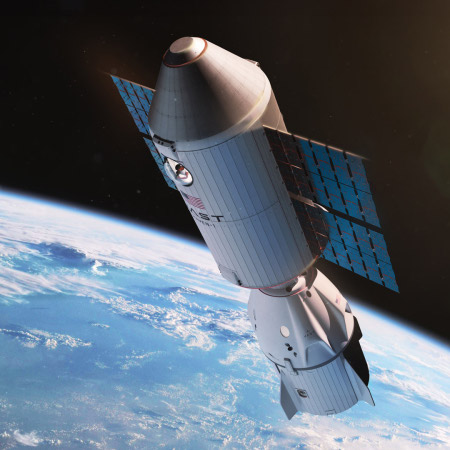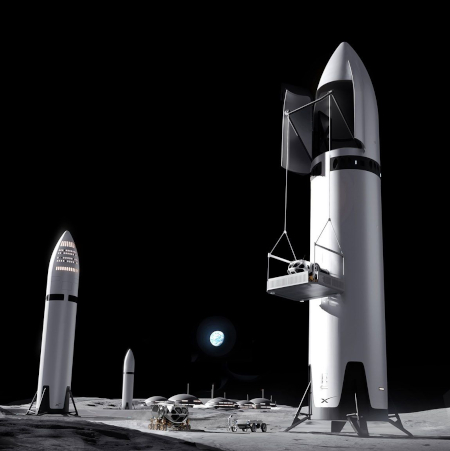Echostar subsidiary Hughesnet now sending its customers to Starlink
Following the purchase by SpaceX of much of Echostar’s spectrum, its subsidiary Hughesnet appears to be on the verge of shutting down as it is now referring its present and future customers to Starlink.
Hughesnet is preparing to refer its own customers to rival Starlink after its parent company, EchoStar, reached a deal to sell radio spectrum to SpaceX. The referral program is mentioned in a 10-Q SEC filing that Hughesnet released on Friday. The 66-page document includes a section about the EchoStar-SpaceX deal and what it means for Hughesnet’s business. “The commercial agreements will also provide for a fee-based referral program that lets us refer existing HughesNet customers and new Starlink customers to SpaceX,” the document says, without elaborating.
The article also notes that the company lacks the cash on hand to function over the next 12 months, and has lost more than half its customer base in the past year.
Following the purchase by SpaceX of much of Echostar’s spectrum, its subsidiary Hughesnet appears to be on the verge of shutting down as it is now referring its present and future customers to Starlink.
Hughesnet is preparing to refer its own customers to rival Starlink after its parent company, EchoStar, reached a deal to sell radio spectrum to SpaceX. The referral program is mentioned in a 10-Q SEC filing that Hughesnet released on Friday. The 66-page document includes a section about the EchoStar-SpaceX deal and what it means for Hughesnet’s business. “The commercial agreements will also provide for a fee-based referral program that lets us refer existing HughesNet customers and new Starlink customers to SpaceX,” the document says, without elaborating.
The article also notes that the company lacks the cash on hand to function over the next 12 months, and has lost more than half its customer base in the past year.







